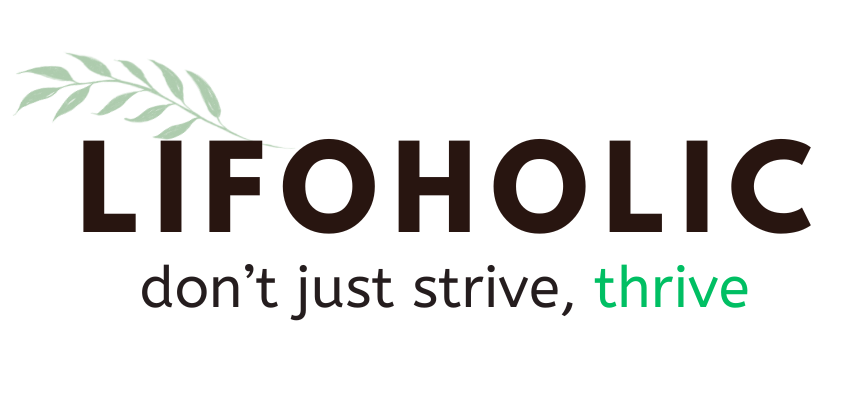Walk through any commercial district and you’ll find a familiar story. A boutique closing its shutters. A logistics startup signing a new lease. A food cart replaced by a sit-down café. The surface details change, but the underlying engine remains the same: access to credit. Or the lack of it. Small business loans are not merely financial tools. They are strategic decisions. They make or delay expansion. They sustain payroll. They dictate whether opportunity is seized or shelved for another year. When used wisely, they accelerate growth. When used poorly, they tighten the margins of failure.
In many regions, entrepreneurs turn to loans before their second year in business. They do so out of necessity: to cover rising rent, purchase bulk inventory, or meet a contract’s scale. What is often missing in this equation is clarity—about cost, risk, and consequence. A well-timed loan can catalyze growth. An ill-matched one can compound stress.
Can Small Business Loans Close Financial Gaps or Create New Ones?
Not all loans are created equal. Term loans offer structure. Lines of credit offer flexibility. Government-backed loans reduce risk for lenders but demand rigorous documentation from borrowers. Then there are merchant cash advances and peer-based lending platforms—fast-moving, digital-first, and often misunderstood.
The common assumption is that more choice equals better access. In reality, the expansion of lending channels has only complicated the borrower’s decision. Many business owners sign contracts they do not fully understand. They underestimate the effect of compound fees. They misread interest rate language. They assume repayment will align with projected revenue until that projection shifts.
In some cases, businesses borrow to meet a seasonal need, only to face year-round repayments. In others, they use high-interest credit to fix short-term liquidity problems, digging a deeper hole over time. These misalignments are not due to recklessness—they stem from urgency, isolation, and a lack of tailored advice.
What this exposes is not a lack of ambition, but a gap in infrastructure—the support systems that should prepare people to manage capital with precision.
Who Gets Left Out of the Global Lending Equation?
Across regions, urban and rural, developed and emerging, the question of who receives financing remains uneven. Younger businesses and underrepresented founders still face higher rejection rates. Collateral demands continue to restrict access. Many firms cannot meet the expectations of traditional lenders. Others deliberately avoid them, preferring quicker fintech solutions despite higher costs.
In Sub-Saharan Africa, for instance, over 50% of small enterprises report being underfinanced, even as they contribute over 60% of employment. In Southeast Asia, micro-entrepreneurs make up the backbone of informal economies, yet lack documentation to qualify for conventional loans. Even in wealthy nations, minority-owned businesses routinely report stricter terms or outright denials.
This is where the shift to online lending matters. In theory, digital platforms reduce friction. They review alternative data, move faster, and serve sectors that conventional banks overlook. But speed, without regulation or transparency, comes with a price. Some rates reach triple digits annually, hidden behind processing fees and early-repayment penalties.
Small business loans, then, reflect more than balance sheets. They mirror inequality in systems, policy gaps, and the unspoken risk premium charged to those who build from the margins.
Are Small Business Loans Teaching Hard Lessons Too Late?
Few business owners begin their journey fluent in finance. They learn in real time, often under pressure. Debt-to-income ratios, personal guarantees, working capital cycles—these are rarely discussed before the ink dries. By the time they understand the difference between fixed and variable terms, they are already repaying the consequences of confusion.
Education is absent from the process. Lenders rarely explain. Borrowers rarely ask. Business support centers may exist, but their resources are patchy and often underfunded. Yet at the core of every loan is a simple question: Will this money produce more than it costs?
That question is easy to pose, harder to answer. Especially when the answer depends on volatile inputs: supply chain shocks, staffing fluctuations, policy shifts, even weather. What borrowers need is not encouragement. It is precision. A numbers-driven path that avoids overconfidence and underestimation.
What is more concerning is the normalization of loan dependency. In some markets, access to capital is becoming a substitute for strategic planning. That is not resilience. It is fragility disguised as growth.
What Happens When Regulation Can’t Keep Up with Demand?
In response to misuse and misinformation, several governments have introduced new lending laws. These include clearer disclosures, limits on aggressive collection tactics, and stronger protections for microenterprises. This is a start. But enforcement remains uneven. And regulation must evolve as the industry does—especially as AI-driven lending and embedded finance models grow in popularity.
Meanwhile, the demand for small business loans continues to rise. As global supply chains reset and digitization accelerates, businesses of every size are adapting. They need working capital not only to survive disruptions but also to modernize: to invest in software, hire skilled staff, and meet new compliance standards.
From Singapore to South Africa, the need for smart capital is universal. But if regulatory agencies do not keep pace with innovation, business owners may find themselves trapped in cycles of unaffordable borrowing. Left unchecked, this could widen the very gaps that these financial tools were meant to close.
To meet this demand responsibly, lenders must do more than underwrite. They must inform, warn, and sometimes say no.
Are Public Financial Institutions Doing Enough?
Public financial agencies still play a stabilizing role. In many countries, small business development funds and export credit agencies offer loans that private banks will not. These often come with reduced rates, technical training, and sector-specific incentives. However, awareness remains low. Many who qualify never apply.
In Chile, CORFO’s state-backed programs provide long-term credit to agricultural cooperatives. In India, the MUDRA initiative finances informal traders and artisans. These are valuable models—but they depend on outreach, clarity, and consistent policy backing.
The burden lies with both parties—governments to promote access, and businesses to prepare thoroughly. Transparency in process, eligibility, and repayment must become the standard, not the exception.
A healthy credit environment is not one where everyone gets a loan. It is one where those who do, understand it completely—and have a plan for how to use it wisely.
Case Study: From Delay to Delivery – A Strategic Use of Small Business Loans
Lina Okoro, founder of TasteHarvest Foods in Nairobi, faced a challenge many entrepreneurs encounter: rising demand with limited capacity to deliver. Her business, which packages organic grains and legumes, secured a promising order from a regional retail chain. But with outdated machinery and inconsistent supplier terms, fulfilling it on time seemed impossible.
After being turned down by a commercial bank, Lina pursued a small business loan through a government-supported youth enterprise fund and a microfinance institution. The approval process involved submitting three years of financials, verified purchase orders, and a simple growth plan.
Within three weeks, she secured KES 3 million at a fixed interest rate, repayable over four years. She invested in semi-automated equipment, bulk raw materials, and added two staff members. In under a year, her output increased by 70%, enabling her to fulfill the contract and secure a second one with a national distributor.
“I didn’t borrow to survive—I borrowed to deliver,” Lina explained. “This was capital with purpose. Not ambition for its own sake.”
Her story reflects the potential of small business loans when used strategically. When timed well and supported by a clear business case, loans do more than fix cash flow gaps—they open real pathways to scale, credibility, and growth.
Should You Take a Small Business Loan or Step Back?
To borrow is to believe in what lies ahead. But belief is not a strategy. Success with small business loans depends on more than approval. It depends on timing, planning, and discipline. It requires a hard look at numbers—not hopes—and the maturity to walk away from funding that compromises flexibility.
Capital is not scarce. It is conditional. It flows toward certainty, toward models that are tested and owners who are prepared.
Let that be the message behind every application. Let business owners ask: Do I need capital, or do I need clarity? Sometimes the loan is the right answer. Sometimes the right answer is to wait.
What matters is knowing the difference.





